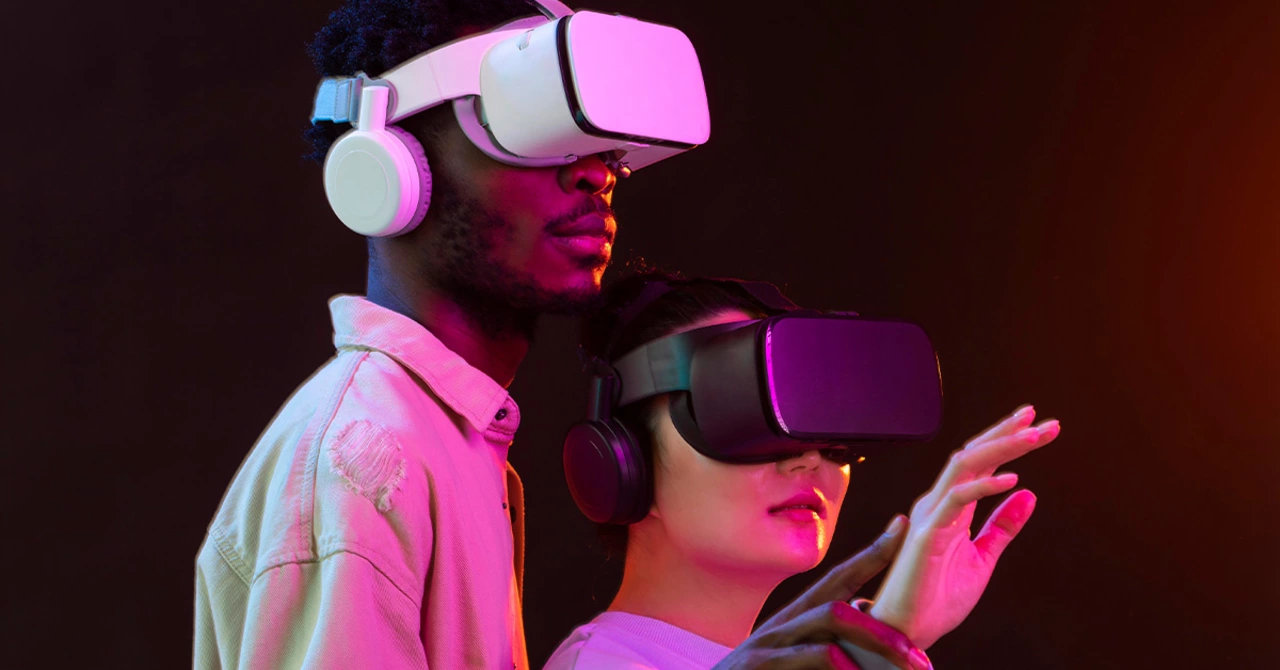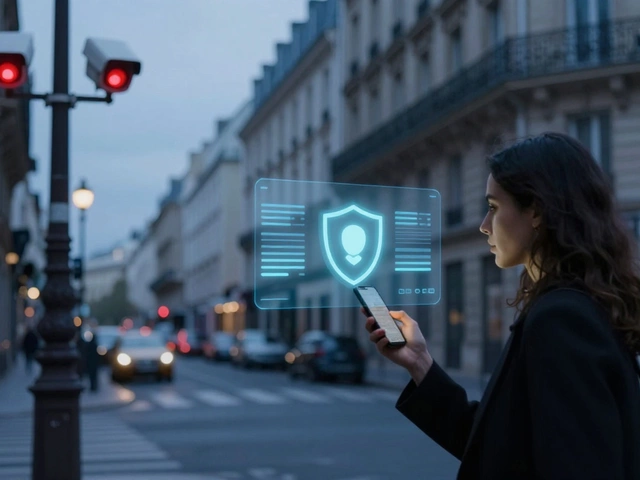Exploring the Benefits of Technology in Education: A Comprehensive Overview
In the past decade, technology has become increasingly intertwined with the world of education. From tablets and computers to interactive whiteboards and the internet, technology is revolutionizing the way students learn and the way teachers teach. But with so many new technologies, it can be difficult to understand the real benefits they can provide to educators and students alike. In this article, we'll dive deep into the growing role of technology in education and explore its many benefits.
Increased Access to Information
The internet and digital libraries have changed the way students access information. With just a few clicks, students can access an unlimited amount of resources, from articles and books to videos and podcasts. This makes it easier for students to find the materials they need for their studies and gives them access to a much wider range of information than was available in the past. It also makes it easier for teachers to assign research and homework, as they can quickly point students to the appropriate resources.
More Engaging Learning Experiences
Technology can also help teachers create more engaging learning experiences. With interactive whiteboards and tablets, teachers can create dynamic and engaging lessons that involve multimedia elements such as videos and animations. This helps to capture students' attention and encourages them to participate more actively in the lesson. Technology can also be used to create virtual field trips, allowing students to explore places around the world that they might not otherwise be able to visit.
Greater Collaboration
The internet has made it easier for students to collaborate with each other, both within and outside of the classroom. With the help of digital collaboration tools like Google Docs, students can work together on assignments, exchange ideas, and give feedback. This makes it easier for students to learn from each other and helps teachers facilitate more engaging group activities.
Improved Assessment
Technology can also help teachers to assess students more effectively. With digital assessment tools, teachers can easily track student progress and give immediate feedback. This makes it easier for teachers to identify areas where students need help and provide them with the appropriate support. It also makes it easier to create and grade tests, allowing teachers to focus more on teaching and less on grading.
Enhanced Accessibility
Technology can also help to improve accessibility for students with special needs. With the help of assistive technologies, such as text-to-speech software, students with disabilities can access the same educational materials as their peers. This helps to create a more inclusive learning environment and ensures that all students have equal access to educational resources.
How Technology Is Transforming the Classroom Experience
Technology has become an increasingly important part of our lives, and education is no exception. From online learning to virtual classrooms, technology has revolutionized the way that students learn, and how teachers teach. Now, technology is transforming the classroom experience in a variety of ways.
Online Learning
The most obvious way technology is transforming the classroom experience is through online learning. With online learning, students no longer have to physically attend classes in order to receive an education. Instead, they can take classes from the comfort of their own homes, or even on the go. This makes it easier for students to pursue their education, and for teachers to reach a wider audience. With online learning, students can also access a wider range of courses, as they are no longer limited to the courses offered at their local school.
Virtual Classrooms
Virtual classrooms are also becoming increasingly popular. With virtual classrooms, teachers and students can communicate and collaborate in real-time, without ever having to be in the same physical space. This makes it easier for students to get help with their studies, and for teachers to get feedback on their lessons. It also allows for more interactive and engaging lessons, as teachers can use multimedia tools such as videos and slideshows. Virtual classrooms also make it easier for teachers to track students' progress.
Smart Classrooms
Smart classrooms are also becoming increasingly popular. Smart classrooms are equipped with a variety of interactive technologies, such as interactive whiteboards, projectors, and tablets. These technologies allow teachers to create engaging and interactive lessons, and allow students to collaborate in real-time. Smart classrooms also make it easier for teachers to track students' progress, as they can use the interactive technologies to collect data about student performance. Smart classrooms also make it easier for students to access online resources, such as online textbooks, videos, and websites.
Augmented Reality
Augmented reality is also becoming increasingly popular in the classroom. Augmented reality allows students to interact with virtual objects, and explore real-world locations in a virtual environment. This makes it easier for students to explore complex concepts, and allows teachers to create engaging and interactive lessons. Augmented reality also makes it easier for teachers to track student progress, as they can collect data on student engagement and performance.
Artificial Intelligence
Lastly, artificial intelligence is transforming the classroom experience. With artificial intelligence, teachers can create personalized learning experiences for each student. AI can also be used to automate tasks, such as grading assignments and providing feedback. This makes it easier for teachers to focus on teaching, and for students to get the help they need. AI can also be used to analyze student data and provide insights into student performance.
How Technology Enhances Student Engagement and Learning
The role of technology in education is rapidly increasing. Technology has given students the power to access information in a more efficient way, and it has enabled educators to create more engaging learning experiences for their students. Technology has changed the way we teach and learn, and it has opened up many new opportunities for students to get the most out of their education.
Technology has enabled educators to engage students in their learning in ways that were never possible before. Through the use of technology, teachers can provide interactive learning experiences that are more engaging and stimulating. With technology, students can access and interact with materials in new and creative ways, allowing them to explore topics at their own pace. Technology can also be used to create virtual learning environments, allowing students to collaborate and interact with other students in real-time.
Technology has also made it easier for students to access and understand course materials. Students can use digital content to learn and review course material in an interactive way. Digital content can also be used to supplement traditional teaching methods, allowing students to explore topics in greater depth and in more detail. By using technology to supplement traditional teaching methods, students can become more engaged in their learning.
Technology can also be used to assess student performance. Automated assessment tools can be used to assess student progress and provide feedback on their performance. This type of feedback can help educators identify areas where students need additional support and guidance. Automated assessment tools can also be used to provide data-driven feedback to teachers, which can be used to inform instructional decisions.
Technology has also enabled the development of personalized learning experiences for students. Personalized learning can be tailored to the individual needs of each student, allowing them to learn in ways that are best suited to their individual learning styles. Technology-based personalized learning has been shown to improve student engagement and help students to better understand and retain information.
Technology has drastically changed the way we teach and learn, and it has opened up many new opportunities for students. Technology has enabled educators to create more engaging learning experiences for their students, and it has made it easier for students to access and understand course material. Technology can also be used to assess student performance, provide feedback, and create personalized learning experiences. Technology is an essential tool for enhancing student engagement and learning.
The Impact of Technology on Education: Examining the Pros and Cons
The role of technology in education has been gaining more and more recognition and importance in recent years. Technology has become a major part of the education system, from kindergarten to graduate school, and its impact has been profound. Technology can be used to facilitate learning, enhance communication, and provide students with a wide variety of resources for their studies.
The Pros
One of the major advantages of technology in education is that it can increase student engagement. Technology can create an interactive learning environment, allowing students to collaborate and engage with the material more effectively. Technology can also be used to access a wide range of educational resources, such as online lectures, videos, and articles. This can provide students with more opportunities to gain knowledge and skills outside of the traditional classroom setting. Additionally, technology can be used to facilitate communication between students and teachers, allowing for easier and more effective communication.
The Cons
While technology can provide many benefits, it also has its drawbacks. One of the major drawbacks of technology in education is the potential for students to become dependent on it. Technology can make it easier for students to become distracted by other activities, such as social media, and this can lead to a decrease in focus and productivity. Additionally, technology can be expensive, and not all schools have the resources to provide students with the latest technology. Finally, technology can be vulnerable to cyber-attacks, which can lead to the loss of data and other security risks.
Conclusion
In conclusion, technology can be both beneficial and detrimental to the education system. It can be used to provide students with access to a wide variety of resources, enhance communication, and increase engagement. However, it can also lead to a decrease in focus, become expensive, and be vulnerable to cyber-attacks. Therefore, it is important to consider the pros and cons of using technology in education and to ensure that it is used appropriately and responsibly.
How Technology is Revolutionizing the Way We Teach and Learn
Education is rapidly evolving as technology continues to become an integral part of classrooms around the world. Technology has profoundly changed the way we teach and learn, and its reach only appears to be increasing. From online lectures and interactive learning tools to virtual classrooms, technology is transforming the way we learn and how educators teach.
Digital technologies are creating a more engaging and collaborative learning environment. Through the use of computer-based tools, students can interact with their peers and teachers in real-time, regardless of their physical location. This facilitates a more interactive learning experience, allowing teachers to teach more effectively and students to learn more efficiently.
Technology is also enabling more personalized learning experiences. With access to vast amounts of data, educators can tailor the curriculum to meet individual student needs. This allows educators to create learning experiences that are tailored to the individual, helping them to reach their full potential.
Technology is also being used to facilitate more experiential learning. Through the use of virtual reality, students can explore the world in a way that was previously impossible. This allows them to gain a deeper understanding of the concepts they are learning, as well as to gain valuable hands-on experience.
Finally, technology is also being used to facilitate communication between educators and students. Through the use of online discussion boards and messaging platforms, teachers can stay in touch with their students and answer their questions in real-time. This helps to create a more engaged learning experience, which can lead to better academic results.
The role of technology in education is growing rapidly, and its impact is only expected to increase. As technology continues to advance, it will continue to revolutionize the way we teach and learn. In the years to come, technology will continue to enable more personalized and experiential learning experiences, as well as improving communication between educators and students.


